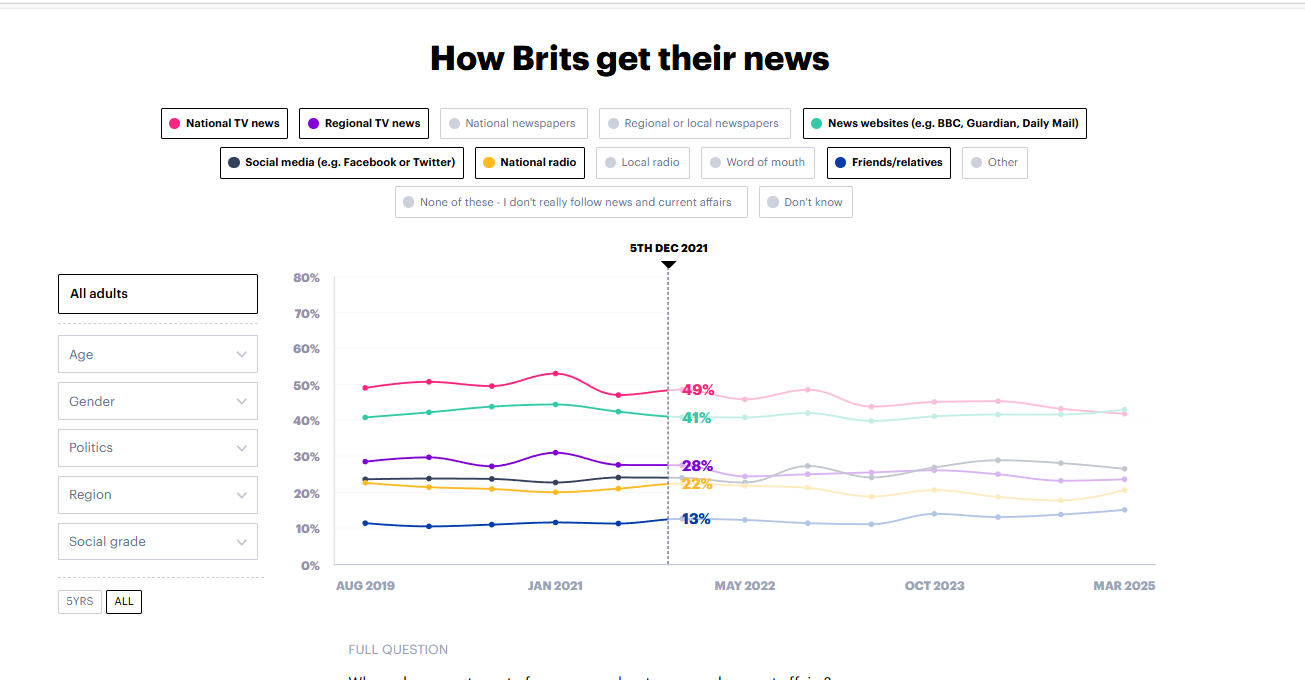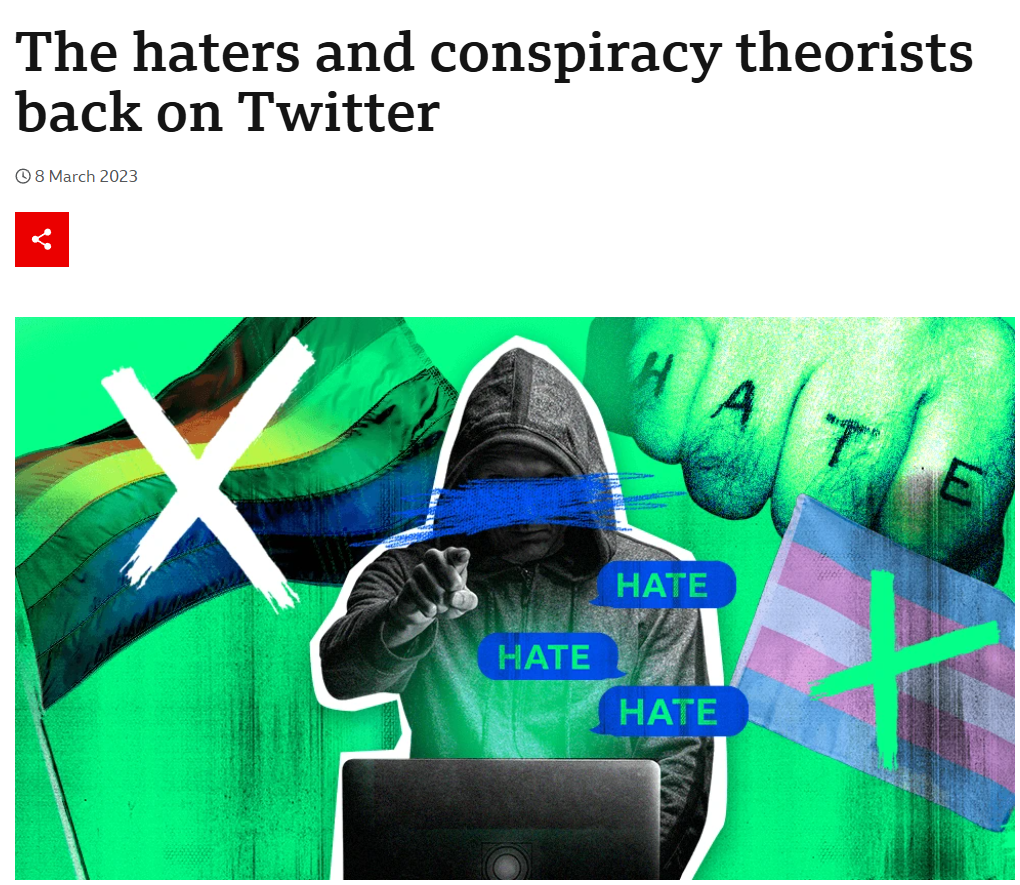ARTICLE AD BOX
In a delicious shot of karma, Democrats celebrated a rare victory this week when the election for a vacant Wisconsin Supreme Court seat turned into a resounding rebuke of Elon Musk. Susan Crawford, the Democrat-backed candidate, triumphed over Musk’s millions of dollars in support for Brad Schiel, a Trump-endorsed judge. Musk spent a staggering $25 million backing Schiel, only to see his efforts crushed by Crawford’s win.
On the same day Trump declared ‘Liberation Day’ to herald his long-awaited trade tariffs, Democrats seized the moment, framing the outcome as a direct referendum on Musk. The party’s official X account posted an image of Musk donning a cheesehead, accompanied by the word ‘loser.’
This rare moment of liberal triumph provided a welcome respite from the toxic cesspool that X has become, a platform where hate and misinformation thrive, forcing progressives to grapple with the uncomfortable choice of either leaving or enduring the moral dilemma of staying.
The right loves to drone on about free speech, they never stop talking about it. But, as Right-Wing Watch readers know all too well, it only matters when it’s speech they agree with, not when it’s progressive speech.
“The most elementary observation about the principle of free speech is that if you only believe in it for speech you agree with, then you don’t believe in free speech. “Of course you have freedom: the freedom to agree with me” is the stance of a dictator,” Nathan J. Robinson, political commentator and editor of Current Affairs, bluntly put it.
X has become a glaring example of this hypocrisy. During the 2024 presidential election, progressive accounts and Kamala Harris fundraisers saw their reach throttled, while journalists critical of Elon Musk were banned from the platform. Meanwhile, far-right extremists and pro-MAGA memes were amplified, all while Musk touted himself as a ‘free speech absolutist.’
X’s regression
Since the world’s richest man bought the platform in 2022, it’s become murkier and murkier. First, it was reports of the obnoxious ‘long hours at a high intensity’, bullying of his staff and the sacking of employees responsible for monitoring disinformation.
Then came the rebranding from Twitter to X, a move that itself symbolised a hyper-masculine, egotistical shift, more focused on power and dominance than progress or inclusivity, or even basic decency. There was also the blue-tick fiasco, with identity verification being something you could buy, and in 2023, the platform began sharing ad revenue with its ‘premium’ users. Creating toxic content, like attacking trans people, became an increasingly viable way to drive up engagement and an income.
Those high-attention tweets go straight to the top of the For You feed, driven by a “black box algorithm designed to keep you scrolling,” as Rose Wang, COO of X’s more progressive rival Bluesky, put it.
Racist misinformation and the far-right riots
Within the intense, profit-driven world of social media algorithms, which prioritise engagement over everything, in Britain, social platforms have become the third most common source of people’s news, behind news websites and national TV news.

This is deeply concerning, especially when much of the news people engage with is misinformation, a reality that was laid bare in its full, troubling form last summer.
Following the far-right riots in August, ‘keyboard warrior’ Wayne O’Rourke, was convicted for inciting racial hatred on social media. O’Rourke, with his 90,000 followers, was earning £1,400 a month from posting on X.
The braggart Laurence Fox, who was among several prominent accounts that shared misinformation after the Southport attacks that helped prompt the far-right riots, declared he earns a similar amount as O’Rouke on X. Fox thanked the ‘woke morons’ for feeding his family by engaging with his content. This is the same man who, just this week, was charged with a sexual offence after allegedly sharing an intimate image of TV star Narinder Kaur without her consent on X.
The controversial influencer and self-styled misogynist Andrew Tate and the anti-Islam activist Tommy Robinson, who alongside right-wing political commentator Katie Hopkins had their X accounts reinstated in November 2023, were also among those who shared fake reports about the Southport attack from a website being run out of Pakistan.
Hopkins had been banned from X in 2020 and Robinson in 2018, both for breaking Twitter’s rules on hateful conduct.
In November 2022, Musk announced a ‘general amnesty’ to suspended accounts that had ‘not broken the law or engaged in egregious spam.’
Research by BBC Monitoring found that of 1,100 reinstated accounts it examined, nearly 190 were promoting hate and violence.

And of course, there was the reversing of the ban on Trump’s account, which the platform shut down after the attack on the US Capitol in January 2021, which many claim Trump encouraged.
Nick Lowles, chief executive of anti-hate campaigners Hope Not Hate, criticised X’s move.
“Reinstating Tommy Robinson and Katie Hopkins means Elon Musk is allowing hateful content and misinformation to take place on his watch on X/Twitter,” he said.
The group said it would be writing to X to “make it clear the danger that their content poses.”
But things only got worse within the toxic, hyper-masculine environment of X.
Trump’s win
By the time US voters took to the polling stations in November 2024, critics said X had effectively become an unofficial house platform for the MAGA wing of the Republican Party. Musk was accused of ‘fanboying’ Trump and spreading misinformation among his 200 million followers, his influence amplified by X’s algorithm.
For example, the conspiracy theory that Democrats were importing illegal immigrants and granting them an amnesty to broaden their voter base in future elections was also allowed to circulate on X and amplified by Musk himself.
And the stats are frightening. Analysis by CAP Action shows 60 of the top 100 political X accounts with the most post views in the first three months of 2025 were Conservative. Neutral or mainstream outlets like the AP and CNN accounted for just 11, while progressive accounts made up 29. In total, Conservative posts racked up 131.4 billion views, while progressive posts were seen only 8.6 billion times.
And it’s even more stomach-churning when it comes to Elon Musk’s own account. According to CAP’s data, Musk has posted 10,315 times this year. Those posts have received over 91 billion views, more than all the other top political accounts combined.
Eric Coffin-Gould, senior director of analytics at CAP Action, explains how Musk averages the third-highest views per post of any Twitter account in our database, behind Donald Trump and Barack Obama.
“The difference is he posts a lot. So far in 2025, Elon is averaging 97 posts per day and an additional 30 retweets. That’s more than double what he was spewing out this time last year. And each of these posts is getting insane engagement and views, almost definitely inflated either by bots or by tweaks he made to the algorithm,” said Coffin-Gould.
The X exodus
On November 6, 2024, just a day after the US presidential election, X saw its largest exodus of users since Elon Musk took control in 2022.
The same month, major brands, advertisers and high-profile figures followed suit. IBM, Disney and Paramount halted ad spending over concerns about antisemitism and hate speech.
In response to advertisers boycotting the platform, its owner crudely told them to “go fuck yourself.” Charming.
The Guardian announced it would cease posting on its official editorial X accounts, citing the ‘benefits of being on X are now outweighed by the negatives and that resources could be better used promoting our journalism elsewhere.’
“The US presidential election campaign served only to underline what we have considered for a long time: that X is a toxic media platform and that its owner, Elon Musk, has been able to use its influence to shape political discourse,” the newspaper stated on its website.
In just two months, X lost around 2.7 million active users in the US, while its rival platform Bluesky gained nearly 2.5 million in the same period.
But the trouble is not everyone is leaving X. As of early 2025, the platform had approximately 650 million users. It is projected that if X maintains its current pace of feature development and global expansion, it could surpass 700 million monthly average users by late 2025.
And until everyone leaves, including those who have hundreds of thousands of users, the world’s richest man won’t back down. The Tesla exodus, which has seen sales slump in Europe, with Elon Musk’s ‘toxic influence’ on the brand being blamed as among the reasons why, suggests that it is possible to hit billionaires where it hurts the most – in their wallets. But buying a car is wholly different from tweeting a post so I’m not anticipating any transformation of X anytime soon
How long can Musk’s ‘free speech’ hypocrisy go unchecked?
In Britain, at least rules are tightening on online content. In the wake of the far-right riots, the telecoms watchdog, Ofcom, confirmed that the Online Safety Act 2023 would take effect, aiming to minimise online risks and hold service providers accountable for keeping children and young people safe.
It’s a necessary first step, but the real battle is just beginning.
Unbelievably, this week, reports surfaced that US State Department officials confronted Ofcom over concerns the law might infringe on free speech, something the US right has long championed. In a meeting in London, US officials reportedly warned the new legislation could stifle expression. Ofcom countered that the law only targeted illegal content and material harmful to children.
When asked about the meeting, a state department spokesperson said: “As Vice-President Vance has said, we are concerned about freedom of expression in the United Kingdom. It is important that the UK respect and protect freedom of expression.”
Vance has complained of “infringements on free speech” in the UK, while Musk has repeatedly claimed that some prison sentences handed down to people who incited the riots on X were a breach of free speech.
The hypocrisy is staggering. Musk, a megaphone for far-right rhetoric, criticises the UK’s safeguards as a threat to free speech while allowing X to spread harmful disinformation and falsehoods. To make matters worse, US officials, closely linked to Musk, are now attempting to influence British policy.
Perhaps the most effective solution is an outright ban on platforms like X, which fuel hate, disinformation, and political manipulation.
In January, after Musk made a bizarre rant about safeguarding minister Jess Phillips, Darlington MP Lola McEvoy suggested Keir Starmer should consider banning X altogether.
Banning things though sits uneasily with liberal ideology.
From day one of his presidency, Trump has been taking an axe to free speech, dismissing military officers who supported DEI, and educational officials who suggested that teachers needed to be conscious of the needs of LGBTQ+ children. To tread the same path would be unthinkable.
And then, when Musk is branded a ‘loser’ on his own platform, it’s a rare moment that reminds progressives we can occasionally turn white rich men’s own weapons on themselves.
Gabrielle Pickard-Whitehead is author of Right-Wing Watch
Left Foot Forward doesn't have the backing of big business or billionaires. We rely on the kind and generous support of ordinary people like you.
You can support hard-hitting journalism that holds the right to account, provides a forum for debate among progressives, and covers the stories the rest of the media ignore. Donate today.
The post How X has become a powerful right-wing propaganda tool appeared first on Left Foot Forward: Leading the UK's progressive debate.
.png)
 12 hours ago
1
12 hours ago
1








 English (US)
English (US)